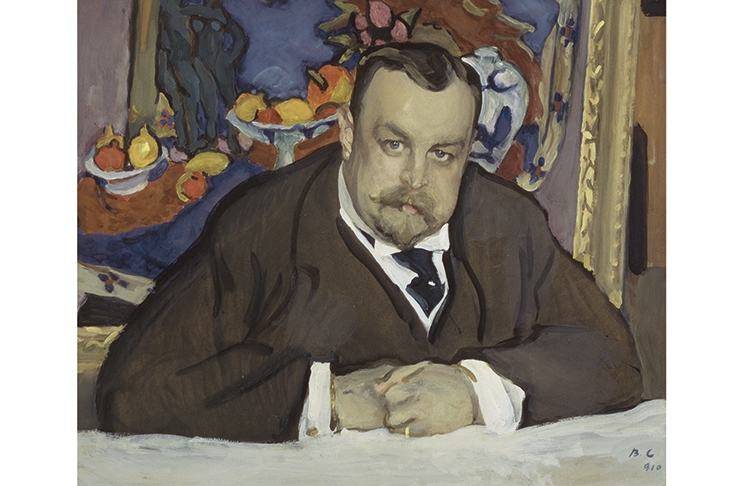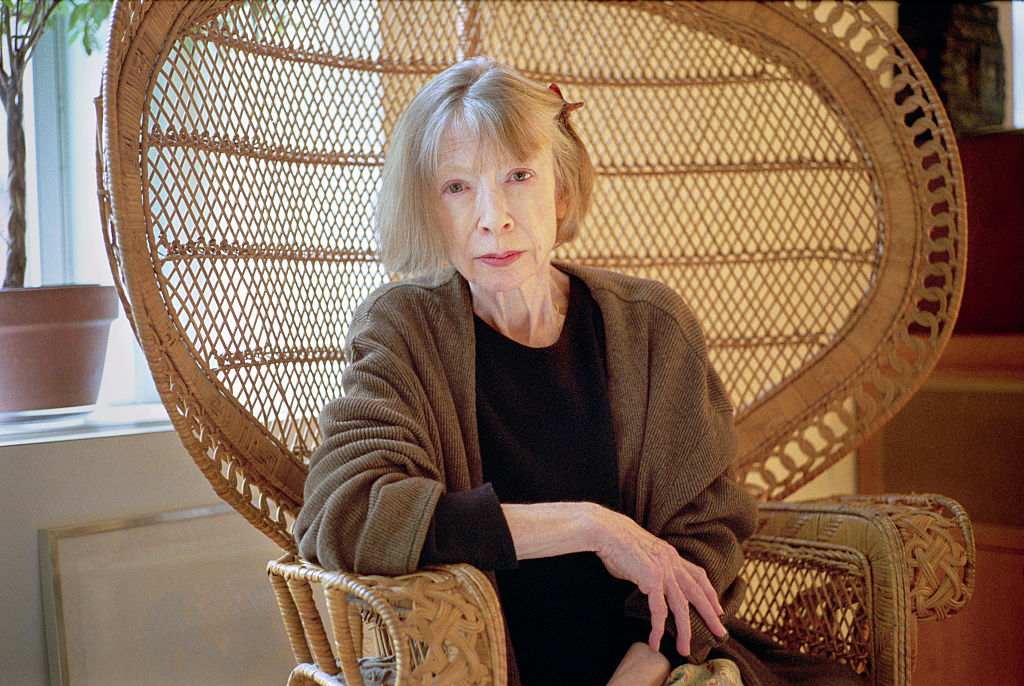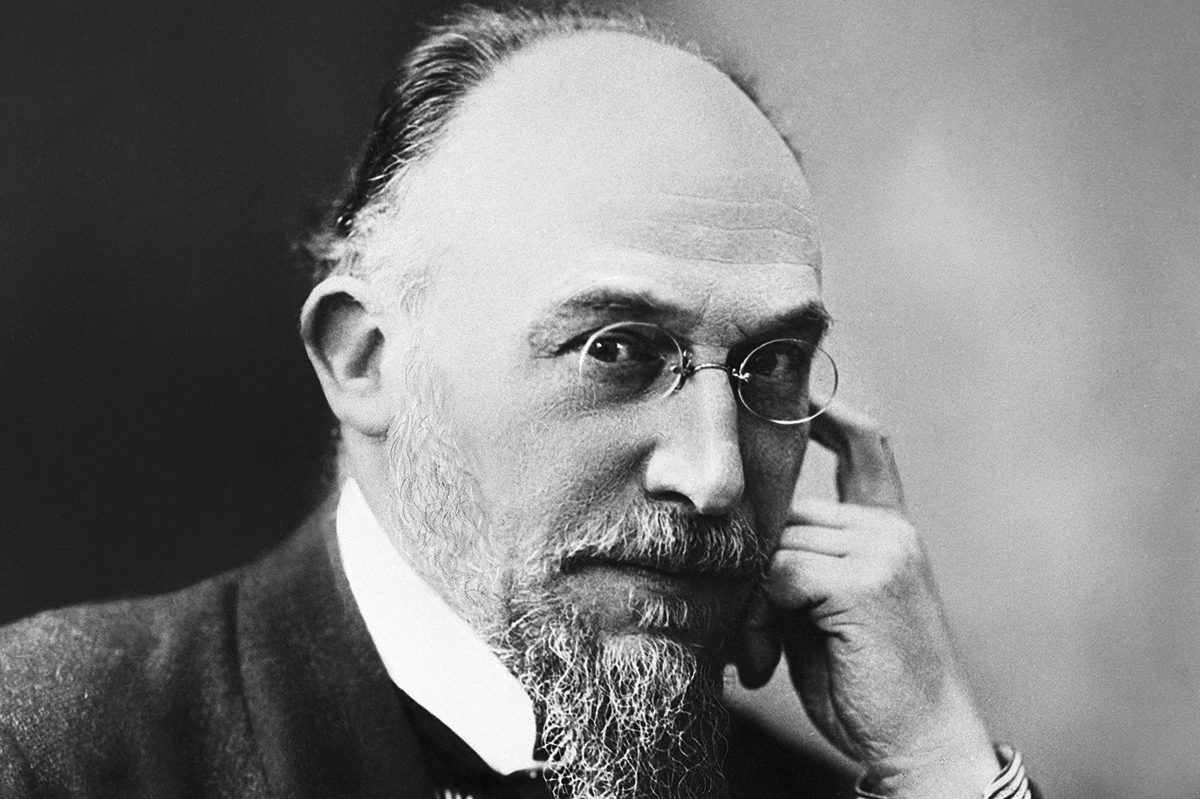If you want to see the very best of Gauguin and Matisse, go east. That was the case in 1914 and it’s still true today. The reason, then and now, lay in the collecting habits, both discerning and extravagantly acquisitive, of two men: Sergei Shchukin and Ivan Morozov. The first of these has already been the subject of a notable book by Natalya Semenova; the present work is its sequel.
Although long since ‘nationalized’, the pictures these two men owned are still among the principal treasures of the Hermitage in St Petersburg and the Pushkin Museum, Moscow. On a visit to Moscow in 1928 Alfred Barr, the director of the Museum of Modern Art, New York — who was ideally placed to judge — noted that Shchukin had owned more and better pictures by Matisse and Picasso, but Morozov’s collection was richer in Cézanne. On Gauguin, a favorite artist of both men, they tied.
Just why the most outrageous and novel Parisian art appealed so much to these Russian businessmen is an intriguing question. At the time, it was still too much for most French collectors, let alone the general public. But somehow it excited and fascinated this pair of Slavic textiles magnates. The answer perhaps lies partly in their trade.
The avant-garde painters they loved were all in different ways breaking with the naturalistic idiom of 19th-century western European art. Matisse and Gauguin drew on, precisely, the heightened color and strong patterning of cloth designs. It probably helped that Shchukin and Morozov, both descended from families of conservative ‘old believers’, were steeped in the Russian icon tradition with its strong reds, acid greens and concertinaed space. Fauvism and Cubism would have come as less of a shock to them.
Putting together such agglomerations of masterpieces as Shchukin and Morozov did was evidently an achievement. But does it deserve a biography? The most fundamental requirement for such a book is that the subject should have had an interesting life. In that respect the two men, evenly balanced in wealth and collecting acumen, were not alike. Semenova quotes a contemporary observation that Shchukin surrounded himself with commotion, whereas Morozov was ringed by silence.
This temperamental distinction was mirrored in their choice of art. Somehow Shchukin managed to emphasize the wildness in Gauguin and Matisse, Morozov the calm. But in literary terms, of course, this difference implies that the former makes for much more lively copy — all the more since the documentary records of what Morozov felt and thought are scanty, apart from an interview conducted in Switzerland in 1920, a year before his death.
Semenova was wise to widen the focus, and make this the biography of a family, and also of a collection. Morozov’s only scandalous act was to marry a chorus girl from the notorious Yar restaurant. Subsequently they seem to have lived in tranquillity. His relations, however, more than make up for lack of narrative gusto.
Indeed, the descriptions of their activities read like raw material for Gogol or Dostoevsky. Ivan’s younger brother Arseny even managed to earn a mention, albeit an unfavorable one, in Tolstoy’s novel Resurrection. He did so by building Castle Morozov, a vast structure on a plot close to the Kremlin, in the Portuguese Gothic-Moorish manner. It was modeled on the Pena Palace in Sintra but with certain details adjusted, as Semenova puts it, ‘to take account of the much colder climate’.
One of Tolstoy’s characters, passing by, wonders why they are putting up ‘a foolish, unnecessary palace for some foolish, unnecessary person’. Arseny was unquestionably less than prudent. He died as a result of a drunken argument at his hunting lodge on the subject of will power. This prompted him to boast that he had no fear of pain, and before anyone could stop him grabbed a rifle from the wall and shot himself in the foot, dying a few days later of blood poisoning.
[special_offer]
Mikhail, Ivan’s older brother, ate and drank himself to death in 1903 at the age of 33, though not before he had also put together a notable art collection. Ivan was also massively overweight, but in his more placid way managed to live until he was almost 50, giving him much more time for buying pictures.
He died in exile, having hung on for a time after the revolution in his erstwhile mansion, living in three rooms. His house became ‘the Second Museum of Western Art’, Shchukin’s being the first. In 1919 he was briefly appointed deputy director, but was soon forced to flee westwards, ‘crushed, broken and humiliated’, as Semenova puts it.
His collection was amalgamated with Shchukin’s; then — after a moment when some of the pictures were threatened with destruction as excessively bourgeois, fit only for ‘gourmets and aesthetes’ — the whole extraordinary array was split between Moscow and St Petersburg. So a visit to those cities is still required if you want to see these modernist masterpieces.
This article was originally published in The Spectator’s UK magazine. Subscribe to the US edition here.

























